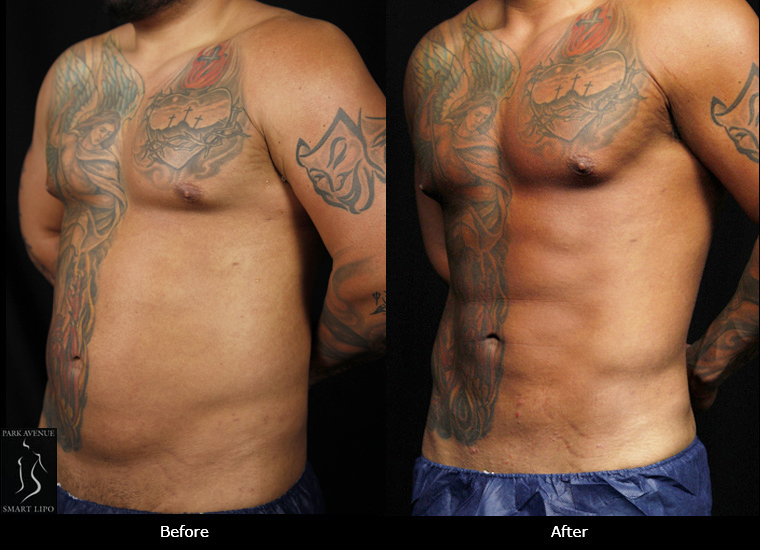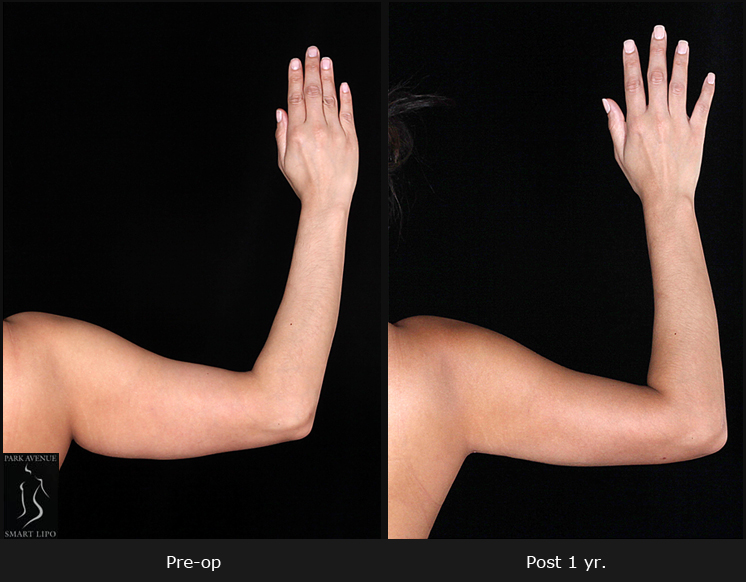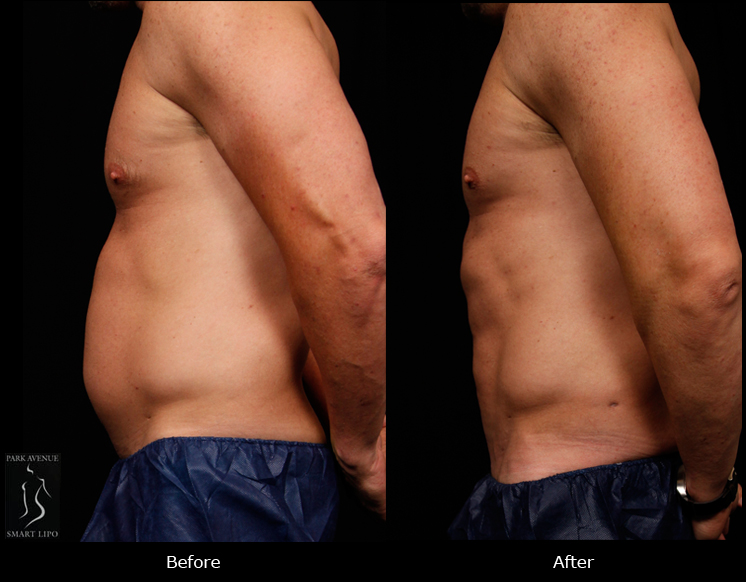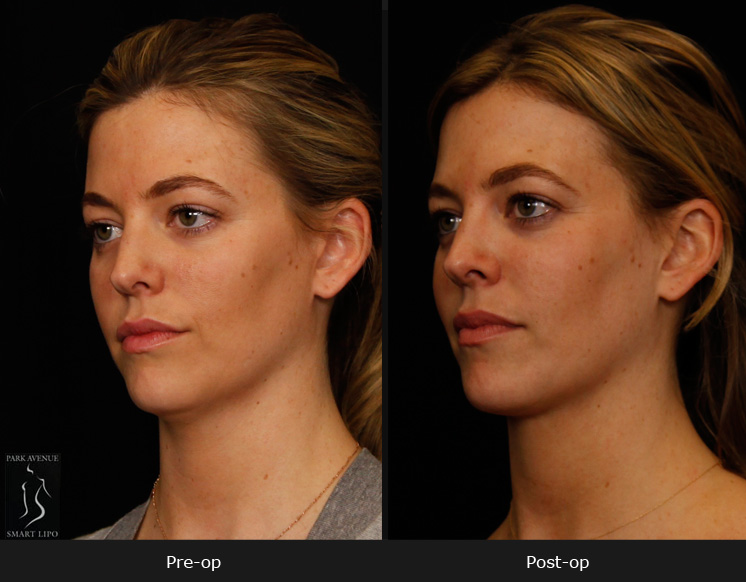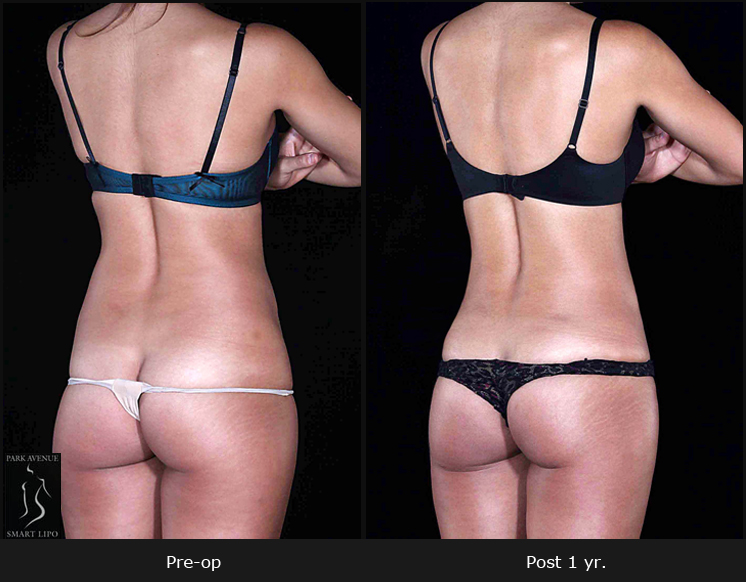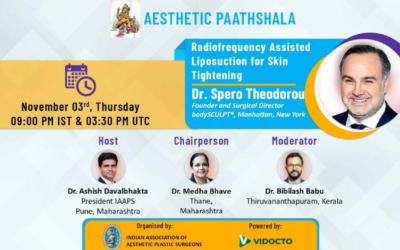The American Society for Aesthetic Plastic Surgery (ASAPS) recently released its annual report on cosmetic procedures performed by Americans in 2015. According to the report, Americans spent a record-breaking amount of more than 13.5 billion dollars on surgical and nonsurgical aesthetic procedures last year. This amount constitutes a 1.5-billion-dollar increase over 2014. Here are some of the interesting findings of the 2015 ASASPS report:
- The money spent on surgical procedures alone comprises about 58% of the total expenditure. Interestingly, this sum has passed the 8-billion-dollar mark for the first time ever.
- The money spent on the nonsurgical procedures was 42% of the total expenditure and crossed the 5-billion-dollar mark for the very first time.
- Surgical procedures had increased by 7% and nonsurgical procedures by 22%, which was an overall increase of 20% from 2014.
- Cosmetic procedures increased by 39% over the past five years, with surgical procedures up by 17% and nonsurgical procedures up by 44%.
- Liposuction and breast augmentation were the top two surgical procedures and together accounted for nearly 40% percent of the total surgical procedures.
- Tummy tuck and eyelid surgery were the third and fourth most popular procedures
- One noteworthy change: breast lifts replaced rhinoplasty as the fifth most popular procedure.
- Fat transfer to the face was a new category included in the report and it clinched the ninth position in the list.
- Nonsurgical skin tightening was the seventh most popular procedure overall and it took the fifth spot among popular male procedures.
- Labiaplasty, a relatively new procedure, saw a 16% increase last year.
- Buttock augmentation (inclusive of implants and fat transfer) saw a 21% increase and butt lift surgery, a 32% increase from 2014.
ASAPS President James C. Grotting, MD said, “Our industry’s growth is considerable, but not at all surprising”.
Dr Grotting noted that people are now ready to invest in improving their appearance and consider aesthetic enhancements and procedures as essential. He said that while a variety of reasons encouraged people to have cosmetic procedures, staying competitive in the work place is a key factor contributing to the increasing demand for cosmetic surgery.

